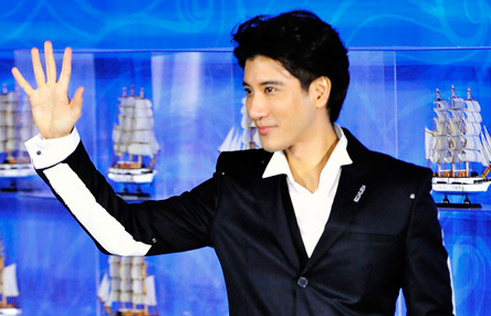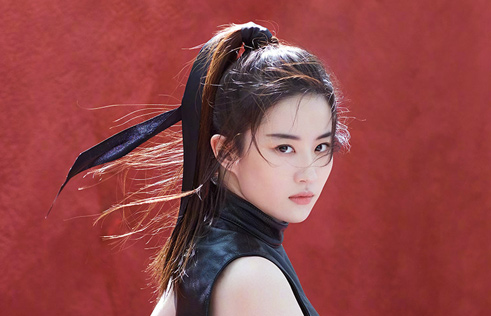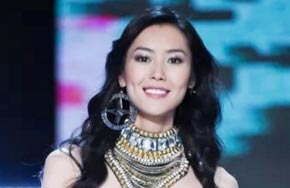 |
|
From left: A Qing Dynasty brush made by Hangzhou-based master craftsmen; a Qing Dynasty green jade brush holder; a Qing Dynasty red lacquered box featuring fallen plum flowers being carried away by water; porcelain ware bowl from the reign of Qianlong; a seal commissioned by Qianlong to commemorate his 10 military triumphs. [Photo provided to China Daily]
|
Other lacquer ware is on view, including a box in the shape of a musical instrument known as the guqin, and another one whose cover is decorated with a repetitive pattern composed of fallen plum followers being carried away by water. Both were made during Qianlong's reign, yet both exude a melancholic beauty thanks to it decorative motif.
The most concrete proof of the emperor's Song mania comes in the form of his own portrait, painted by the court painter Yao Wenhan at his commission and titled Emperor Qianlong Giving Appraisal to Antiques. In the scroll, painted purely with dark ink, the emperor appeared as a Han scholar in flowing robes, Han being the majority Chinese group. The eunuch, meanwhile, was recast in the role of a shu-tong, or "book boy", teenage boys hired by scholars and would-be ones to grind their ink-stick when they were in the mood for writing and carry their books on the way to court exams in the capital.
All around, the emperor is surrounded by cultural objects from the bygone era, including copper, jade and porcelain ware. Right behind him hangs a landscape painting, one that clearly depicts the scenery of a lake-studded Jiangnan.
However, it is another portrait of his, one that constitues part of the picture and shows the half bust of the emperor, and for that, part is a mirror image of the emperor's full-length portrait, which really captures the viewer's attention. The emperor, so relaxed to have taken one foot out of his shoe, is contemplating his roomful of treasures under his own mild gaze. Ma says the painting is the only one found anywhere depicting an emperor and featuring this picture-within-a-picture arrangement.
"But it was not as novel as it may seem; the painting is based on a Song Dynasty one that played the same visual trick."
Speaking of portraiture, the exhibition has three of the emperor's most famous ones. One was painted about 1734, when the would-be emperor was 23. Again he is dressed in typical Han style, in an idyllic rural setting (with a deer and a hoe-carrying boy). The second is a world apart from the first, depicting an emperor donning his heavily embroidered royal gown, seated on the throne. The man in this picture is visibly in his 70s or 80s, his tightly closed lips and slightly gloomy eyes contrasting with the splendor in which he is wrapped.
The third one was also painted in the emperor's twilight years, in 1783, when Qianlong was 71. The writing in gold color on the upper right side of the painting clearly states who the painter was, Giuseppe Castiglione (1688-1766), an Italian Jesuit missionary who impressed three generations of Chinese emperors - Qianlong, his father and grandfather - with a fusion style that merged Western and Chinese aesthetics and painting skills seamlessly on paper.







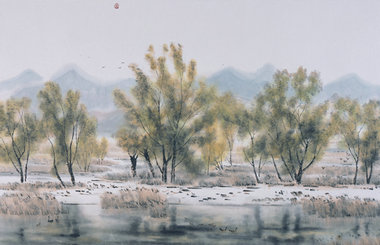
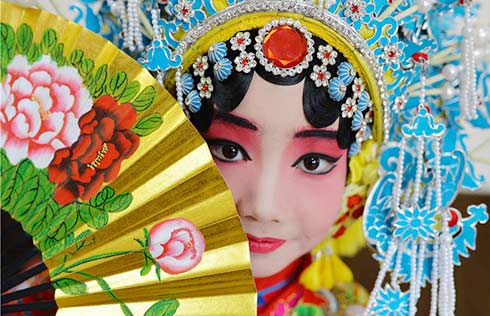
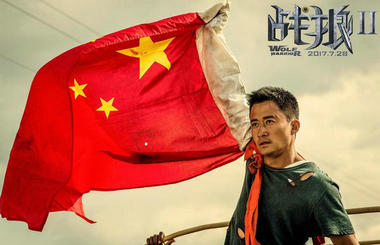

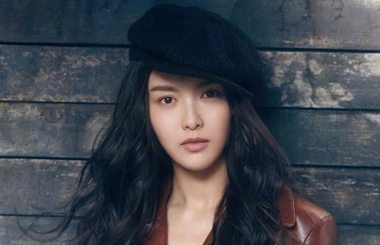
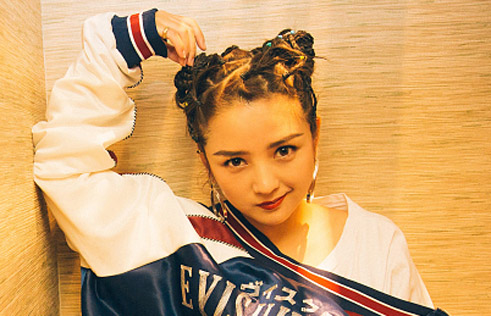
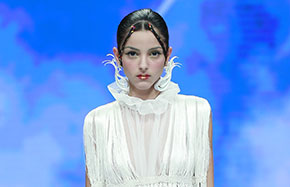

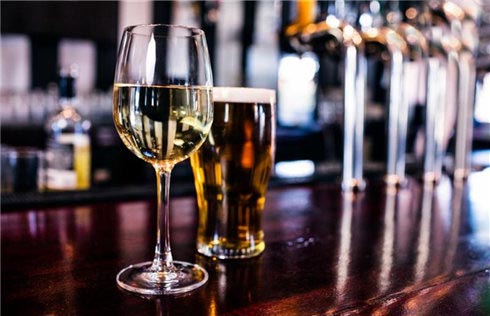





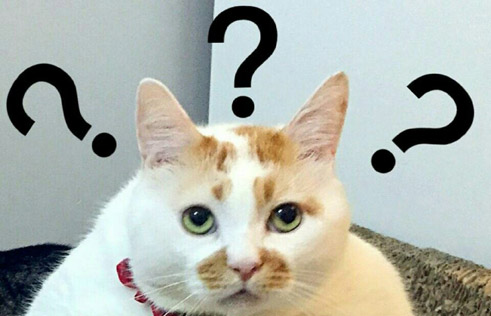




 Raymond Zhou:
Raymond Zhou: Pauline D Loh:
Pauline D Loh: Hot Pot
Hot Pot Eco China
Eco China China Dream
China Dream China Face
China Face
